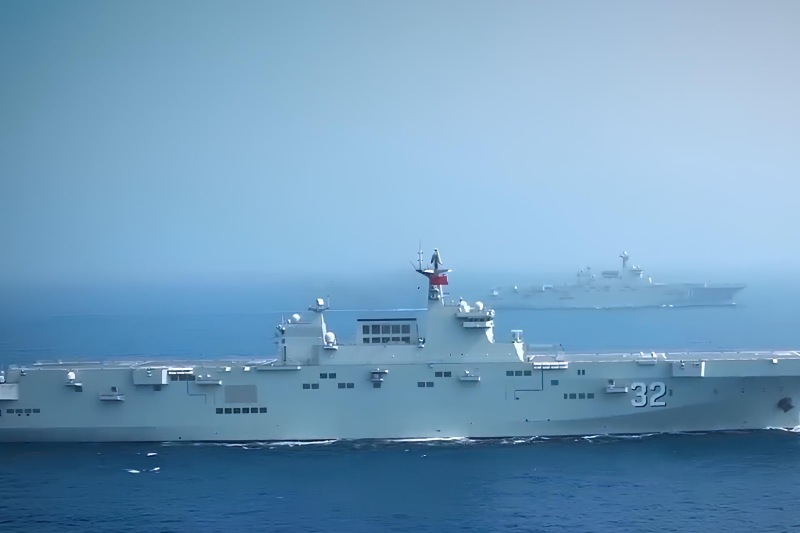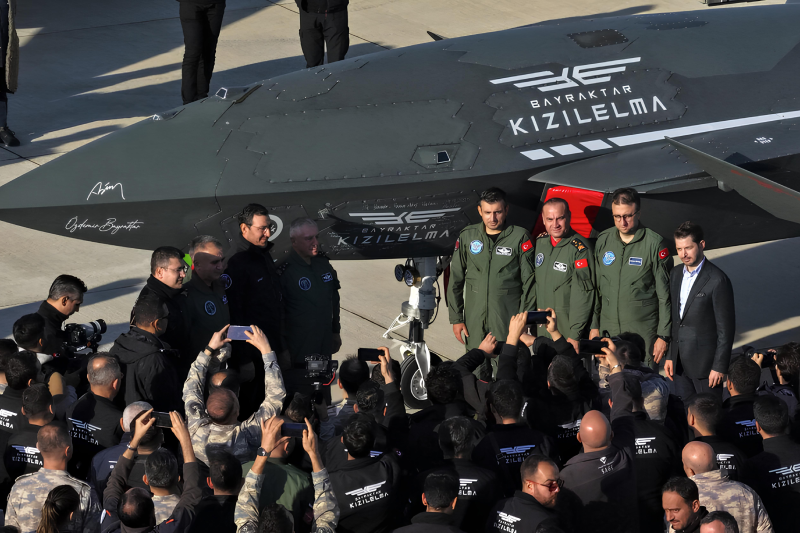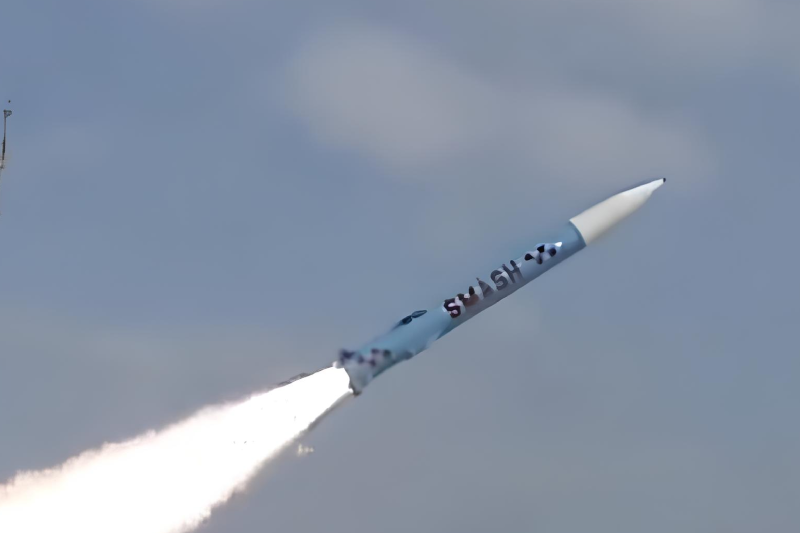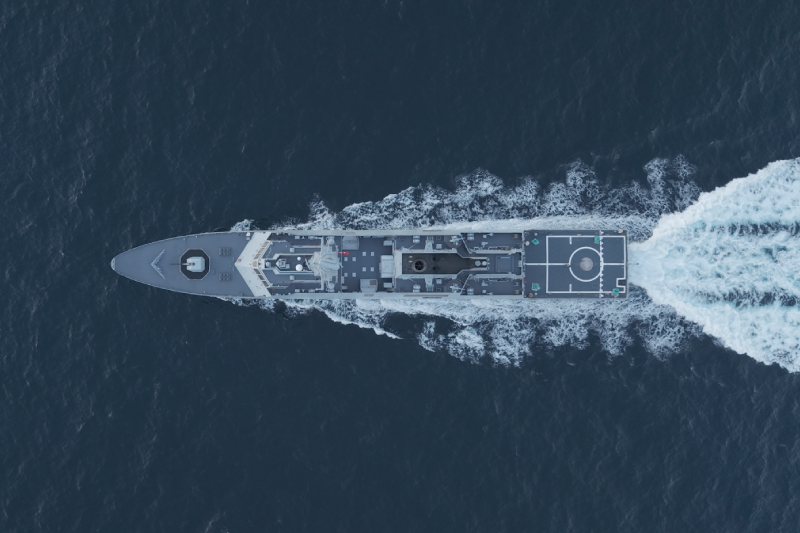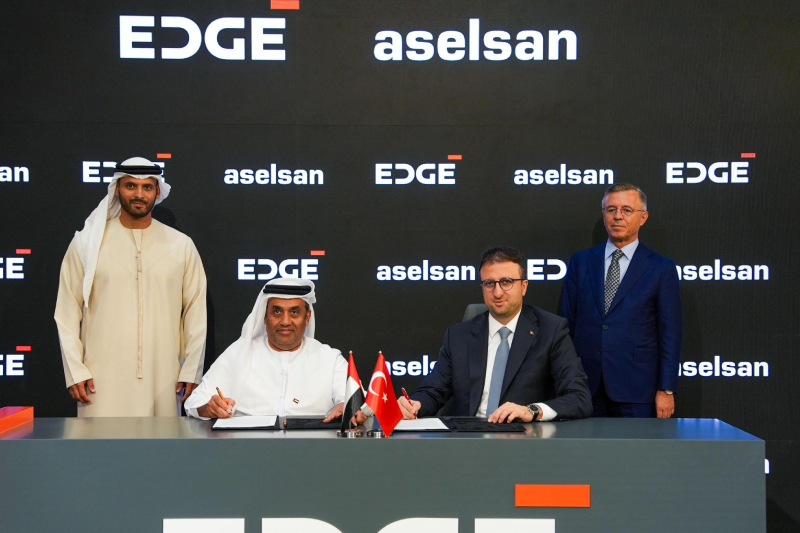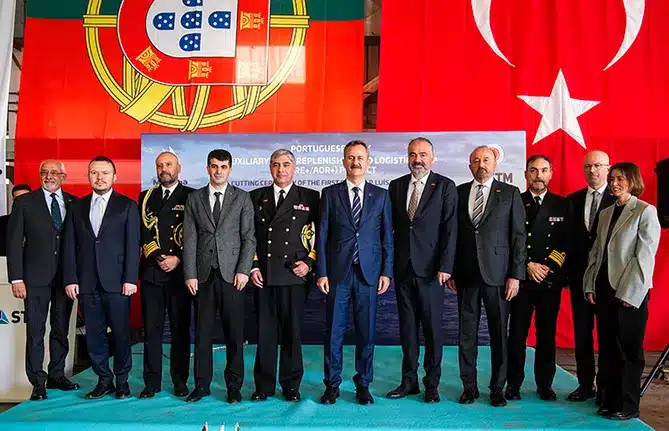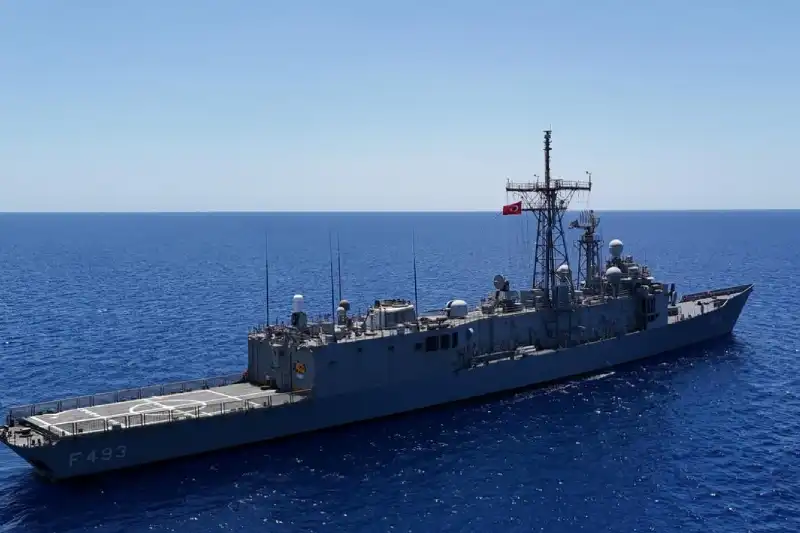Turkish Navy Showcases Advanced TCG Gelibolu Frigate Capabilities
TCG Gelibolu (F-493) can be referred to as an example of modernization of the Turkish Navy as a highly sophisticated warship in the Turkish Naval Command. This advanced Gabya-class frigate has proved to be an example of the floating fortress of the Blue Homeland to maintain Turkey’s Maritime Defense, which has been strengthening the potential of its maritime defense by using the latest civil technology and placing them strategically at work.
The ship is distinguished by its excellent track record of service, which has taken her to take part in Mediterranean Shield Operation, NATO maritime security operations, as well as Libyan Libyan-Turkish Naval Task Force. The versatility of this warship can be seen in all these different operational tasks, and this shows that the Turkish Navy is confident about its capabilities.
NATO Planning of Deployment Strategies
TCG Gelibolu is now in training to accompany the Standing Naval Force of NATO, and this will mark an important point in Turkish naval involvement in any worldwide maritime security operations. Such deployment reflects the Turkish resolve in collective defense and the nation’s capability to provide sophisticated ships for operations in a multinational environment.
Various systems testing, training of the crews, and operational check assessments are part of the preparation of the frigate being deployed by NATO. This intense training allows a smooth transition of integration with allied naval forces as well as sustaining the image of professional sea maneuvers of Turkey.
Performance and Technical Specifications
TCG Gelibolu is about 138 meters long and 14 meters wide, with a displacement of 4,100 tons. The propulsion equipment of the frigate involves the use of two General Electric LM2500 gas turbines that produce 41,000 horsepower that ensuring that under different sea conditions, the frigate can travel at speeds above 29 knots.
The impressive range of the vessel of 5,400 nautical miles enables the transcontinental performance of the vessel without a need to refuel and even direct shipping of Turkey to the United States. This long operational capability, together with a 60-day provisions capacity, allows extended maritime operations at distant ports of entry.
Multi-Role Battle Capabilities
Captain Arda Ceylan, who is the commander of TCG Gelibolu, underlines the fact that the types of warfare that could be conducted simultaneously with the help of the frigate consist of such basic types as air defense, surface warfare, and anti-submarine warfare. That multi-role capability puts the vessel at an extra advantage in naval operations with a variety of missions and threats.
The frigate has about 200 crewmembers, and it can continue operations at sea for months. This prolonged endurance allows uninterrupted presence on the sea and versatility of missions in the long deployment.
Advanced Aviation Support Systems
TCG Gelibolu also has twin helicopter hangars and a special flight deck that can house the naval patrol helicopters, such as S-70B Seahawk aircraft. These aviation facilities also greatly improve the surface warfare and anti-submarine operation capability of the frigate, as well as its ability to extend its range of operation and surveillance capability.
The helicopter hangar enables the crew to quickly deploy and recover units, and its support for multiple mission profiles such as search and rescue, anti-submarine warfare, and maritime patrol lets them use it in many scenarios. Such an aviation intergeneration enhances the tactical capability of the frigate in various domains of warfare.
Goalgarl Historical Heritage
The frigate takes its name from the epic battlefield of Gallipoli, a symbol of Turkish military history, and it reflects the country’s current capabilities in the naval field. Captain Ceylan tells more details: the vessel motto Ceylan describes its heritage: pride of the seas past to the future, chosen by Gazi Mustafa Kemal Atatürk and his comrades in arms.
This is the historical origin that maintains the symbolic value of the ship in the Turkish Navy to commemorate the Gallipoli sacrifices. Naming tradition proves that Turkey does not neglect its military traditions and, at the same time, supports naval modernization.
Indigenous GENESIS Combat Management System
The ship’s modernization revolves around the Genesis combat management system, which Turkey has fully developed since 1999. The Turkish Naval Forces Research Center Command (ARMERKOM) designed all GENESIS software and hardware and patented its technology under the Naval Forces Command.
This indigenous development is a great accomplishment in the Turkish defense technology as it has made it less dependent on foreign technology, but at the same time has made the system compatible with national security needs. The domestically produced system gives Turkey full operational control and flexibility for upgrades.
Superior Sensor and Weapons Association
The GENESIS system incorporates a wide range of weapons, sensors, and electronic systems, such as PHALANX, CHAFF, and IFF sub-systems. The modernized Phalanx Close-In Weapon System became surface-engagement capable, and it was very effective at asymmetric threats in modern maritime combat.
The system has 3D Smart-S Mk-2 radar, Mk-41 VLS to the selected ships loaded with ESSM missiles and the option of Mk-54 torpedo launching system. This integration of weapons allows the commanders to have a series of options in responding to various threat conditions.
Combat Information Center Capability
Every Combat Information Center (CIC) console is independent and designed with redundancy and access to the full system at all stations. This philosophy of design eliminates single points of failure and continues to operate even when taking combat damage or when the system fails.
The system offers automatic reconnaissance, surveillance, detection, tracking, and classification on ships by use of sensors. Following modernization, operators can control weapons with two consoles from any station in the Combat Information Center, and each station can replace another.
Features of NATO Interoperability
GENESIS has built-in multi-data links such as Link-11 and Link-16, which make it completely NATO compatible in operations of other allied nations. This interoperability facilitates the exchange and transfer of information and joint operations with allies by the naval forces in the multinational missions.
The NATO-compliance of the system includes threat evaluation and weapon assignment of all air defense weapons, which allows a synchronized defense mechanism of threats that may arrive in the air. This is because the integration improves the effectiveness of collective defense in the course of joint operations.
Outside combat systems, TCG Gelibolu offers full support facilities for the welfare of the crews in long-range deployment. The ship also has lounges or relaxation areas for the army, the officers, and the petty officers. The rooms have books, a chess set, and recreational activities that ensure the presence of morale and mental health.
Also Read This: Russian RQ-4 Equivalent Crashes During Test Flight
An entirely established medical facility can perform relatively small operations, and a qualified medical officer ensures the crews’ health during the prolonged stages of their deployments. There is also a gymnasium in the vessel, which keeps the crew healthy in case of extended operation at sea.
TGC Gelibolu is a perfect example and embodiment of the modernization of the Turkish Navy through the integration of highly developed local technologies and reliable foreign designs. The frigate demonstrates Turkey’s capacity to build sophisticated maritime capabilities while also ensuring flexible operations and autonomous strategic maritime defense planning.
Keep connected with us at Facebook, Twitter, YouTube, Instagram & TikTok for the latest defense happening around the globe.
Discover more from International Defence Analysis
Subscribe to get the latest posts sent to your email.



